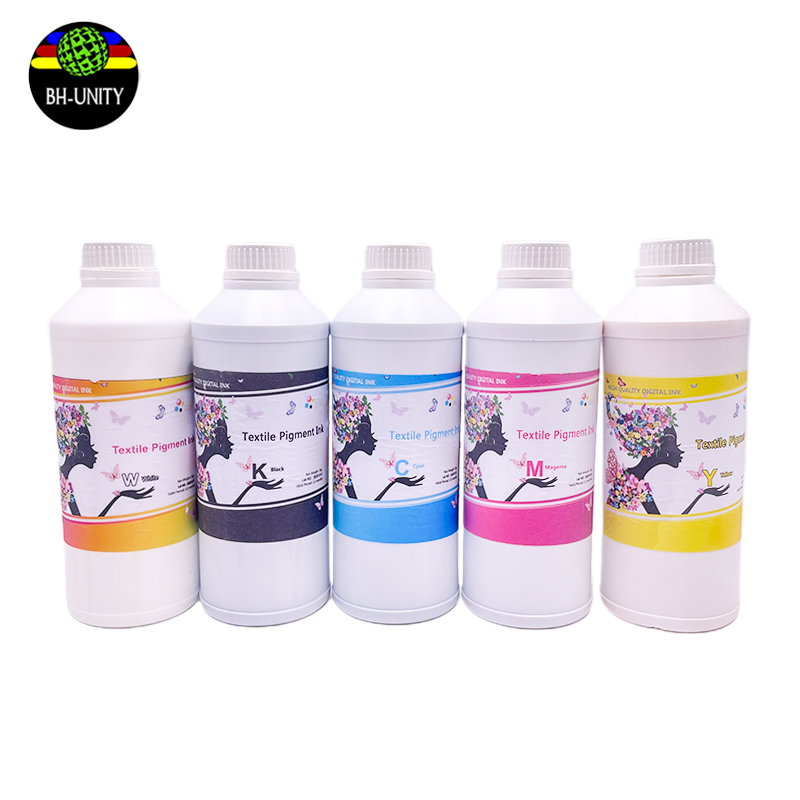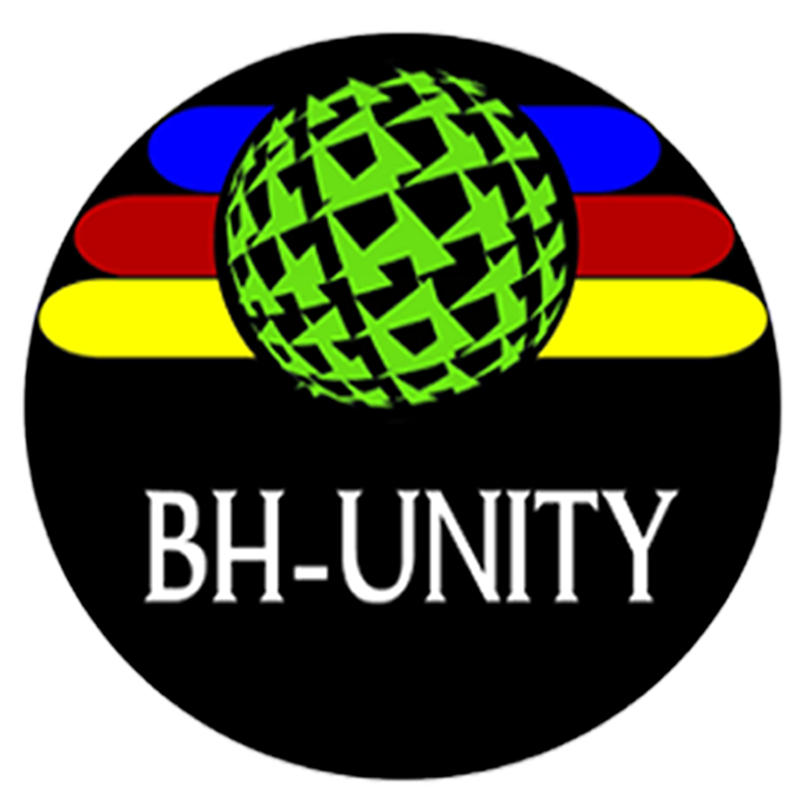Introduction of DTG Printer Textile Ink: Innovations and Industry Insights
Introduction of DTG Printer Textile Ink: Innovations and Industry Insights
Digital Textile Printing (DTG) continues to revolutionize the textile industry, offering versatility, efficiency, and vibrant print quality that traditional methods struggle to match. Central to the success of DTG printers are the specialized textile inks used, which play a crucial role in achieving durable, high-definition prints on various fabrics.

**Advanced Formulations Enhancing Print Quality**
DTG Printer Textile Inks have evolved significantly in recent years, driven by advancements in ink chemistry and pigment technology. These inks are formulated to deliver superior color vibrancy, excellent wash fastness, and adherence to different fabric types, ranging from cotton and polyester blends to specialty textiles like linen and silk. The development of eco-friendly formulations has also gained traction, responding to the industry's growing demand for sustainable printing solutions.
**Key Features and Benefits**
The key features of DTG Printer Textile Inks include:
1. **Color Brilliance:** These inks offer a wide color gamut, allowing for the reproduction of intricate designs and vibrant colors with exceptional clarity.
2. **Durability:** With improved wash fastness and lightfastness properties, prints retain their quality even after multiple wash cycles, meeting the rigorous standards of garment manufacturers and consumers alike.
3. **Flexibility:** DTG inks are versatile and can be used across various DTG printing systems, providing compatibility with different printer models and enabling customization for small-batch production runs.
**Market Trends and Growth**
The global market for DTG printers and textile inks is experiencing robust growth, driven by the increasing preference for on-demand and personalized textile products. Innovations in inkjet printing technology, coupled with the rise of e-commerce and direct-to-consumer business models, are further fueling this expansion. Manufacturers are also focusing on enhancing the efficiency and operational reliability of DTG printers, contributing to higher adoption rates across the apparel and home textile sectors.
**Challenges and Future Outlook**
Despite the advancements, challenges such as ink adhesion on synthetic fibers and the need for faster printing speeds remain areas of active research and development. Future trends suggest a continued emphasis on sustainable ink formulations, improved printing resolution, and the integration of artificial intelligence to optimize print quality and production efficiency.
**Conclusion**
DTG Printer Textile Inks represent a pivotal innovation in the textile printing industry, offering unmatched versatility, print quality, and sustainability compared to traditional methods. As technology continues to evolve, these inks are poised to redefine the standards of customization and production efficiency in the global textile market.
For businesses and consumers alike, the availability of high-performance DTG Printer Textile Inks ensures that the future of textile printing remains vibrant, dynamic, and environmentally conscious.
